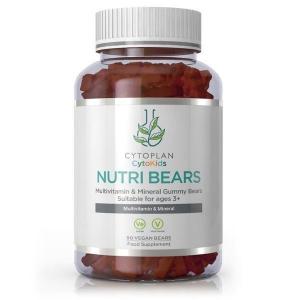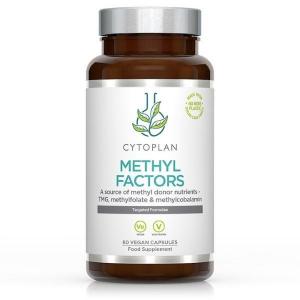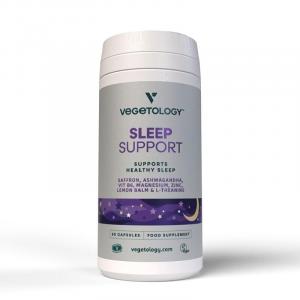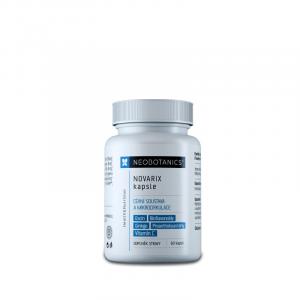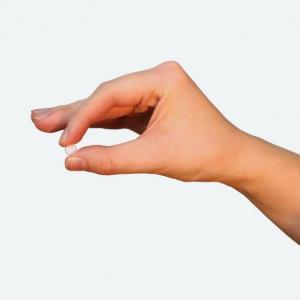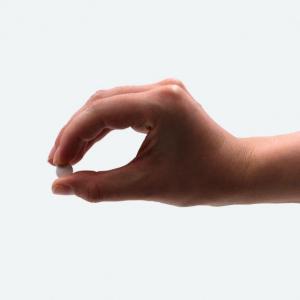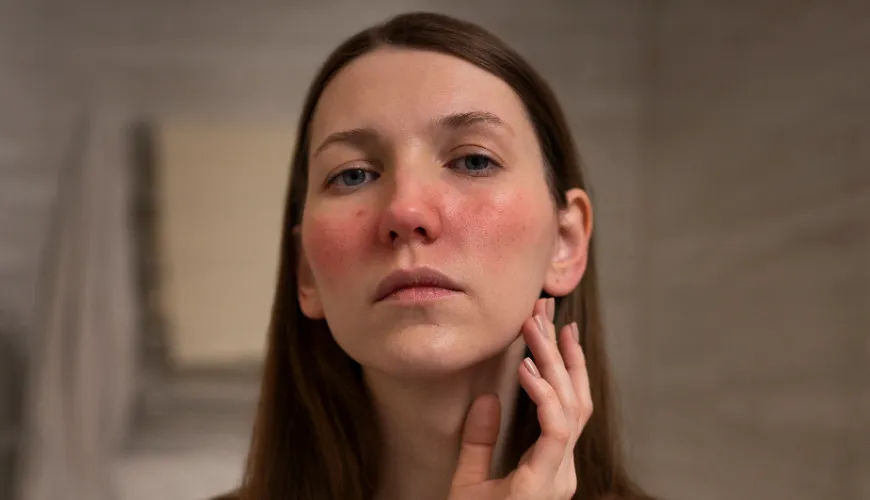
How to Manage Brittle Nails with Simple Everyday Tricks
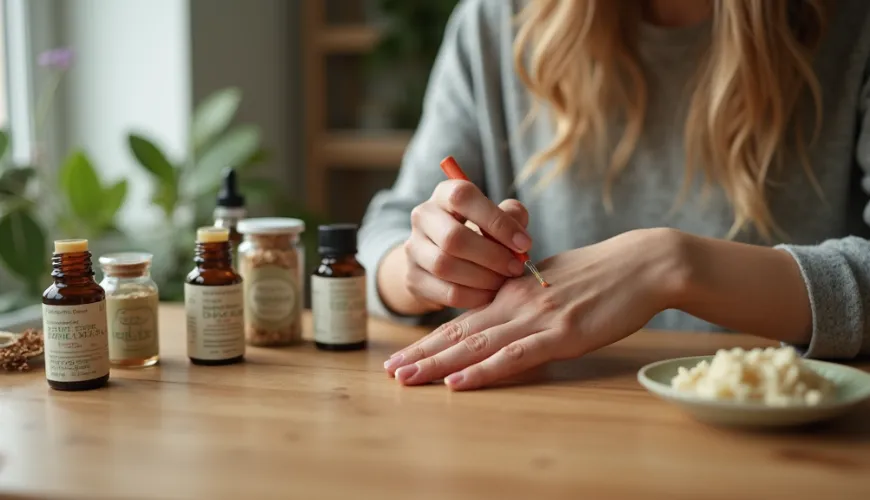
Brittle Nails - What Causes Them and How to Help Them Gently
Healthy nails are often considered an indicator of overall health. Strong, smooth, and shiny nails are not only an aesthetic matter but also a signal that the body is receiving everything it needs. On the other hand, brittle nails, especially if vertical ridges appear, may indicate an imbalance or deficiency of certain nutrients. More and more people are asking: what helps with brittle nails and when is it necessary to pay attention?
We sometimes don't notice changes in our nails until they start breaking during everyday activities—zipping up a jacket, opening a box, or washing hair. Brittleness can affect not only fingernails but also toenails. While sometimes the reason is simple mechanical stress, other times it's a deeper signal that something in the body isn't functioning as it should.
Why Do Nails Break? There Are More Possible Reasons Than It Seems
Brittle nails can have various causes—from lifestyle and nutrition to health problems. The most common cause is a lack of vitamins and minerals, especially biotin (vitamin B7), zinc, iron, or vitamins A and E. These substances play an important role in tissue regeneration, including skin, hair, and nails.
Try our natural products
Nails are made of keratin—a structural protein that needs enough building materials to grow. If the body lacks nutrients, it manifests, among other things, in the nails. People often notice vertical ridges that run from the nail bed to the tip. These ridges themselves may not be dangerous, but if accompanied by brittleness and color changes, it's advisable to pay attention.
Another common cause is frequent chemical exposure—aggressive cleaning agents, constant contact with water, or frequent nail polishing and removal. Without protective gloves, drying and weakening of the nail structure can occur.
In women, hormonal changes also play a role—such as during pregnancy, menopause, or when using contraception. It is not uncommon for brittle nails to be unpleasantly accompanied by hair loss or dry skin. Stress, fatigue, and irregular sleep also have their say.
When Toenails Break
While fingernails are often talked about, brittle toenails are overlooked. Yet, they can be the first sign of some problems—such as fungal infections, poor circulation in the lower extremities, or inappropriate footwear. A toenail that is weakened, cracked, or splitting may be burdened by too tight shoes that create pressure with every step.
Special attention should be paid to brittle toenails by people with diabetes, as their tissue regeneration may be impaired. In extreme cases, brittleness combines with color changes, thickening, or detachment of the nail from the bed—in such cases, it is advisable to visit a dermatologist or podiatrist.
What Helps with Brittle Nails?
Unfortunately, there is no magical solution that would solve all nail problems, but on the other hand, there are a few steps that can make a huge difference. The foundation of everything is a balanced diet rich in vitamins and minerals—and that's not just a phrase, but an absolute necessity. The human body has a special ability to conserve and distribute nutrients by priority, and when it has little, the "less important" parts, like nails, suffer immediately. So if your nails are quickly acting up, breaking, splitting, or losing color, it may not just be a cosmetic issue but a silent cry for help from your body.
It definitely pays off to focus on specific substances—such as biotin (vitamin B7), which is like a little miracle for nails, hair, and skin, then zinc, which supports cell renewal and significantly reduces brittleness. Don't forget vitamins A and E, as they act as a protective shield against harmful environmental influences—they are strong antioxidants that protect cells from damage. And if your nails are splitting or noticeably lighter than before, low iron levels might be to blame. Silicon also plays a role—not as well known, but very important for the formation of collagen and elastin, which ensure the elasticity and overall health of tissues. So when you take care of your body from the inside, it might eventually reflect on how your nails look.
Besides diet, supplements focused on the healthy appearance of nails, ideally in organic quality and without synthetic additives, can help. These products are often offered by e-shops focused on a healthy lifestyle and ecology—such as Ferwer, which offers natural supplements and care without unnecessary chemicals.
A real-life example? Petra, a 34-year-old graphic designer from Brno, noticed that her nails kept breaking since winter. She tried everything—changing polish, oils, manicure. Eventually, a combination helped her: she added more leafy greens to her diet, reduced coffee, started taking a natural biotin supplement, and began wearing gloves while cleaning. Within two months, she noticed a difference. "The nails are stronger, smoother, and no longer splitting. Plus, I have better skin," she says.
Practical Tips and Small Daily Changes
Besides nutrition, how we treat our nails in daily life matters. Often, changing a few habits is enough, and the results won't take long. Here are practical steps that can help:
- Use protective gloves when cleaning, washing dishes, or working with chemicals.
- Avoid frequent nail polish removal and use acetone-free removers.
- Hydrate nails and cuticles—ideally with natural oils (castor, argan, jojoba).
- Trim nails regularly and file them into a smooth shape, without sharp edges.
- Minimize mechanical stress—such as opening cans with nails.
The "less is more" approach is also important. Over-care can be counterproductive, especially when it comes to frequent use of strengthening polishes or hard files. Nails need to breathe and regenerate.
And what about natural cosmetics? It proves to be a great alternative to conventional products full of synthetics. Creams and oils with extracts of calendula, almond oil, or shea butter not only hydrate but also deeply nourish.
When to Seek a Specialist?
If brittleness persists despite dietary and care changes, it is wise to consider blood tests for iron deficiency, zinc, or thyroid function. Sometimes brittle nails appear as a side effect of autoimmune diseases or hormonal disorders.
A dermatologist can also rule out fungi or other infections that may be hiding behind changes in the nail structure or color. In rare cases, it may be a signal of more serious diseases, so it's good not to ignore long-term changes in nails.
As an old medical aphorism says: "The body speaks through details." And nails, though small and inconspicuous, often have something to say.
Taking care of nails is thus worthwhile—not only for appearance but especially as part of overall health and balance care. And when natural products, a conscious approach, and a healthy lifestyle are combined, nails will sooner or later show it.
